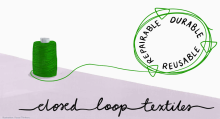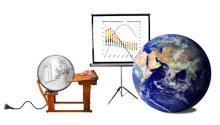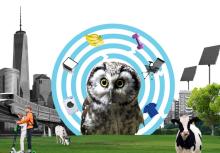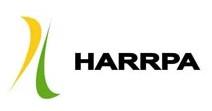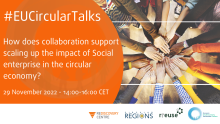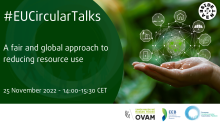Durable, repairable and mainstream - How ecodesign can make our textiles circular
Search Results
Displaying 221 - 230 of 790
Displaying 221 - 230 of 531
Displaying 221 - 230 of 504
Displaying 221 - 230 of 962
Displaying 221 - 230 of 519











